



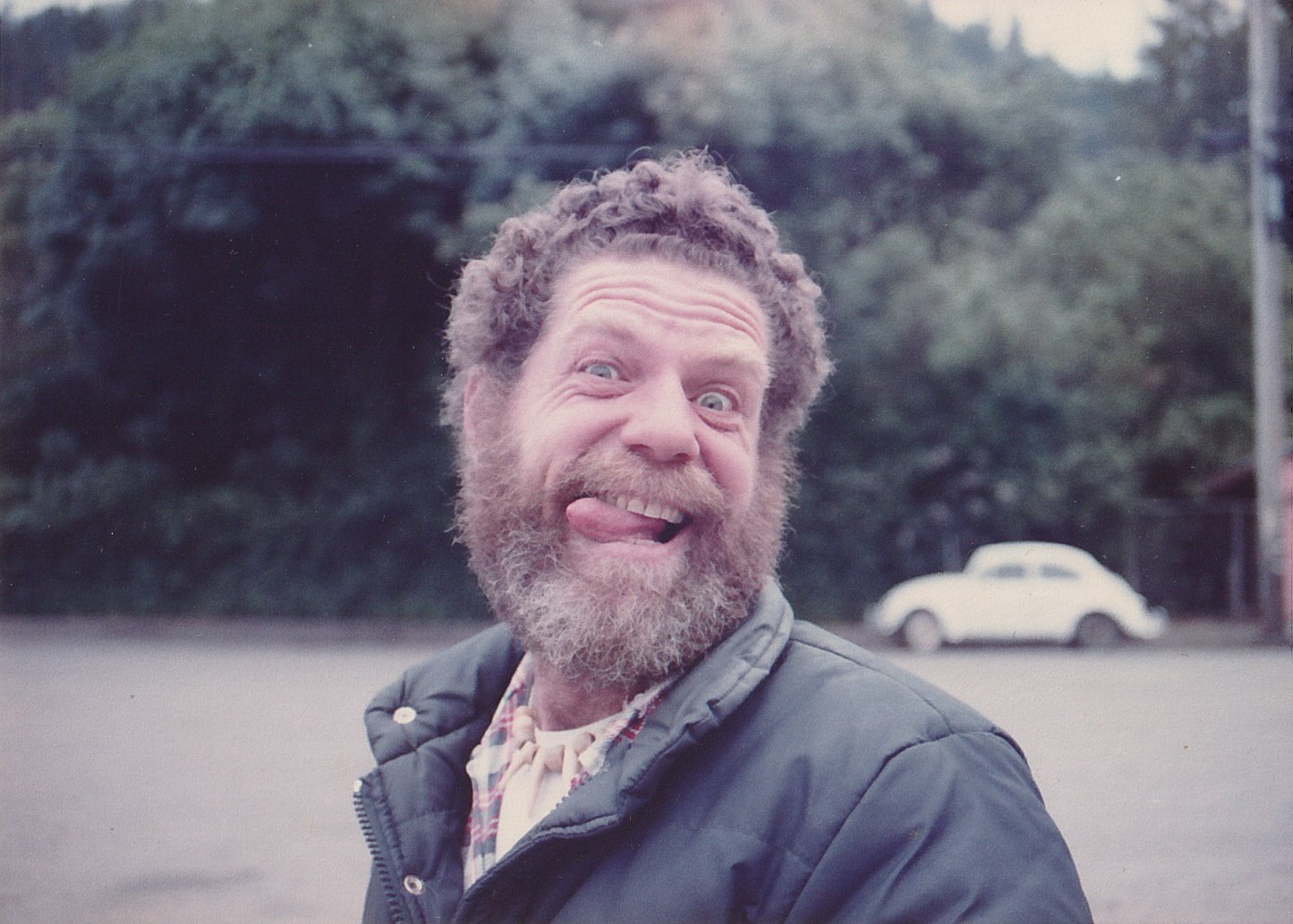


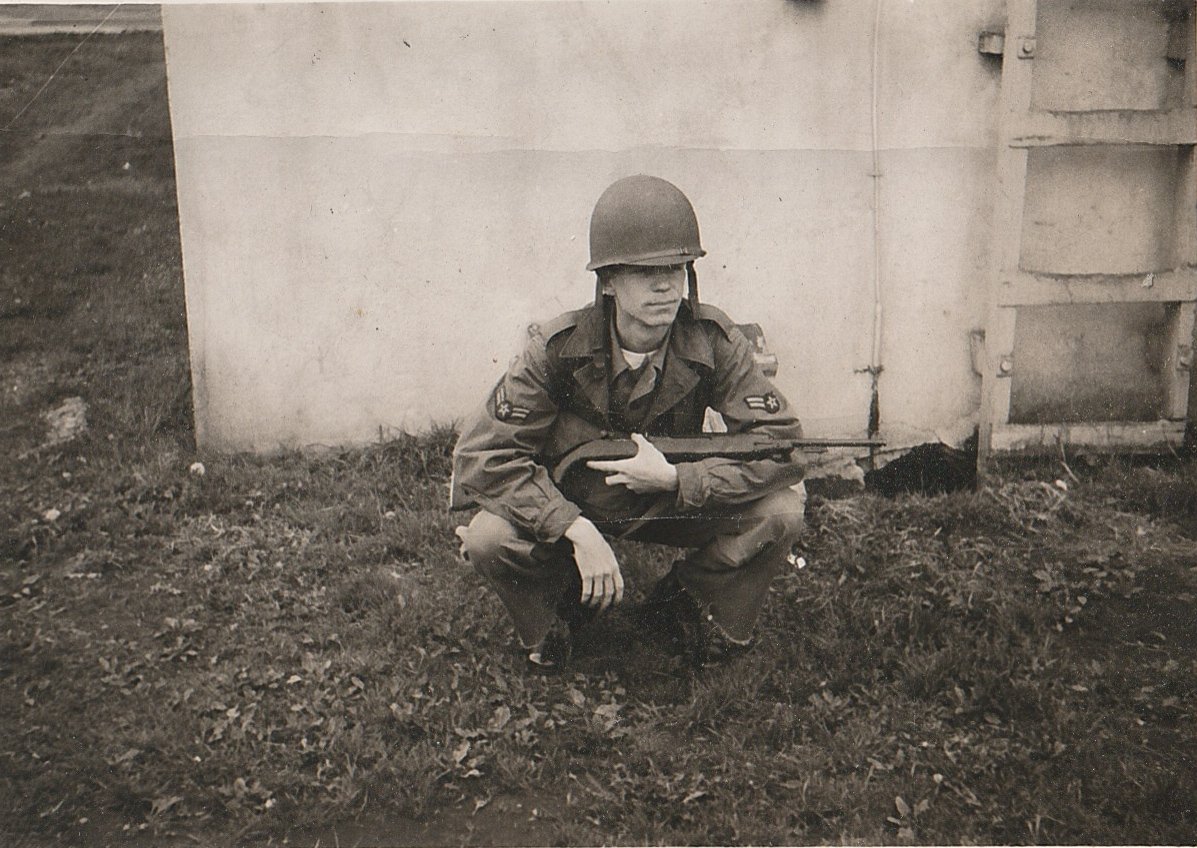
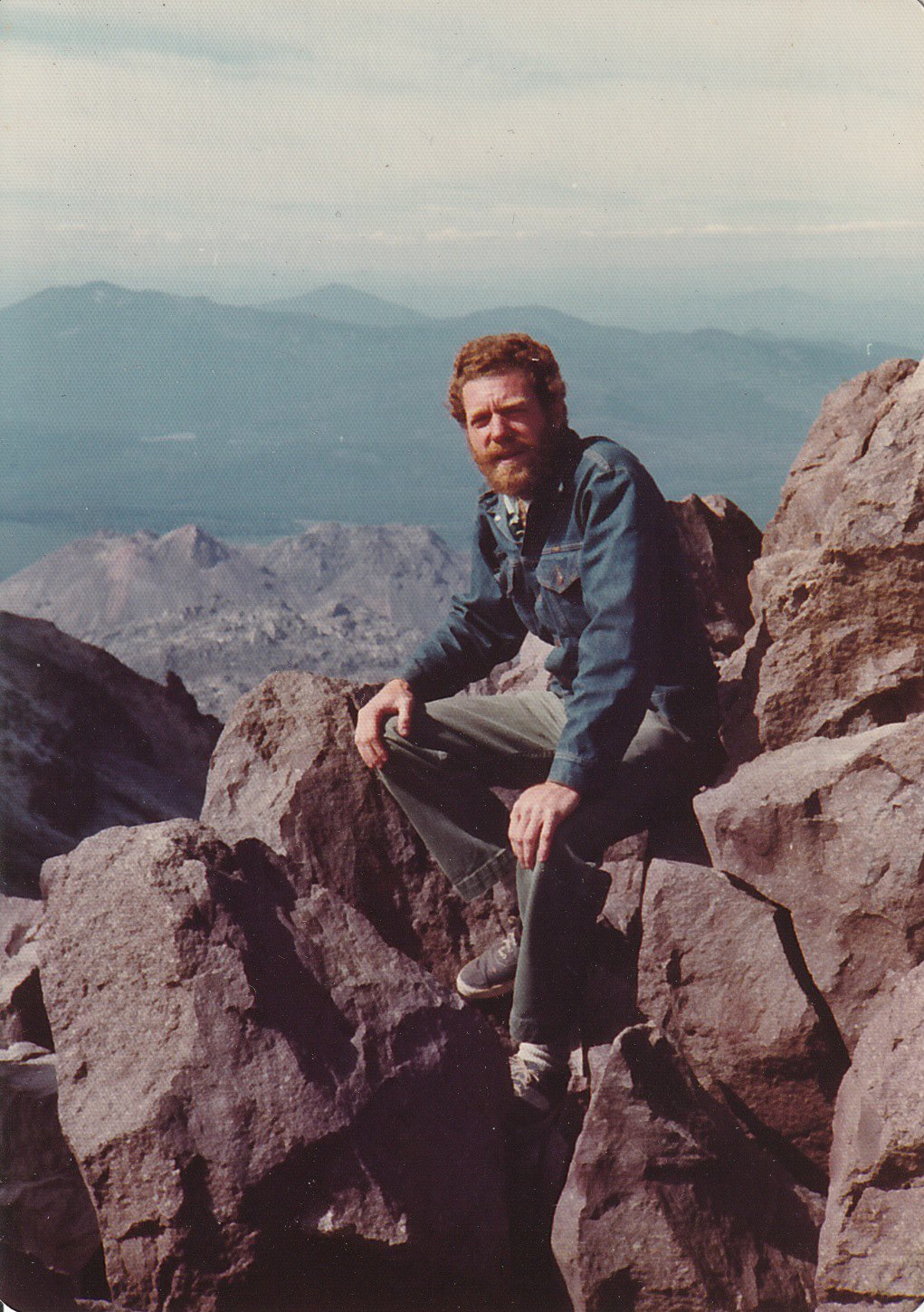


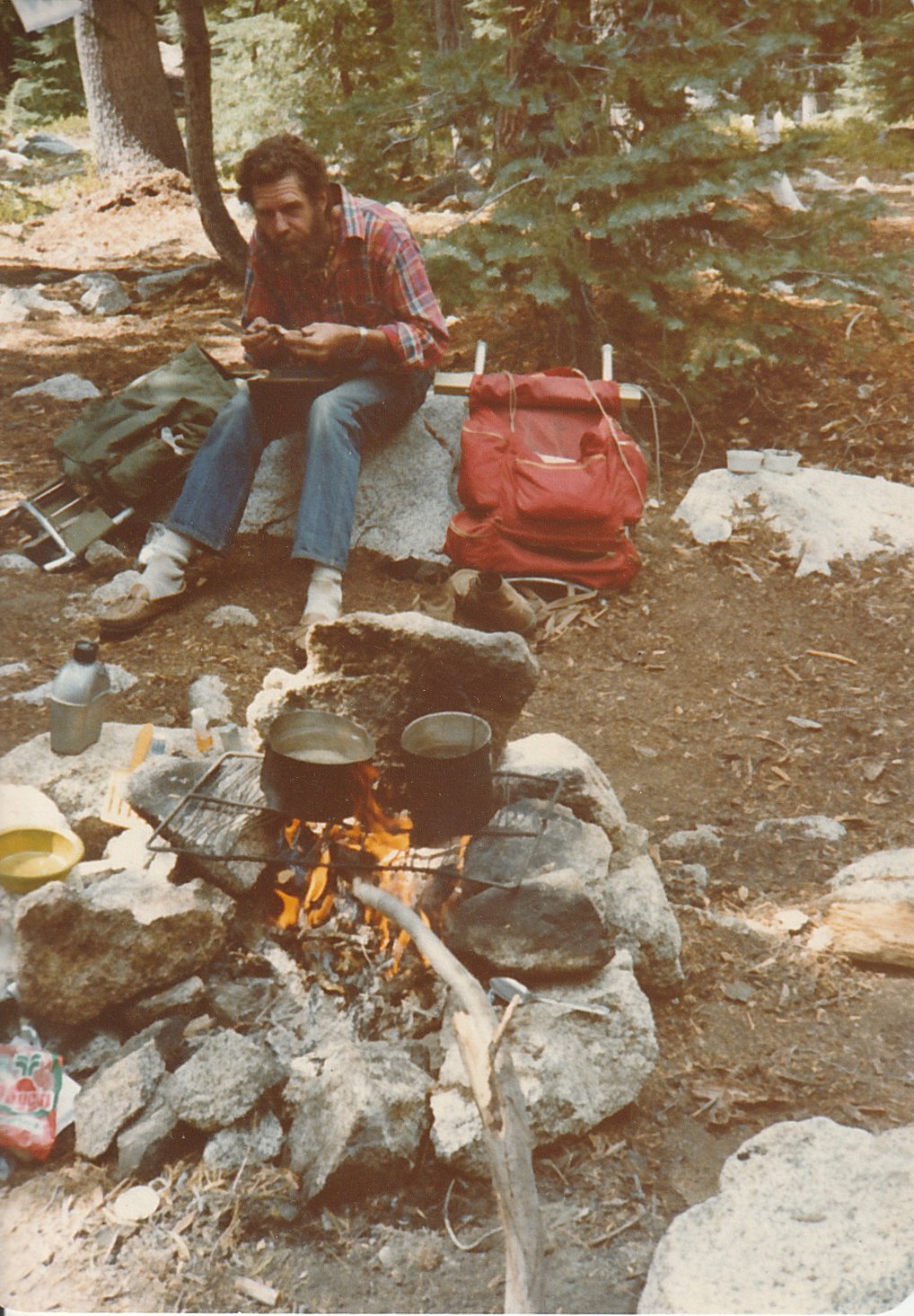

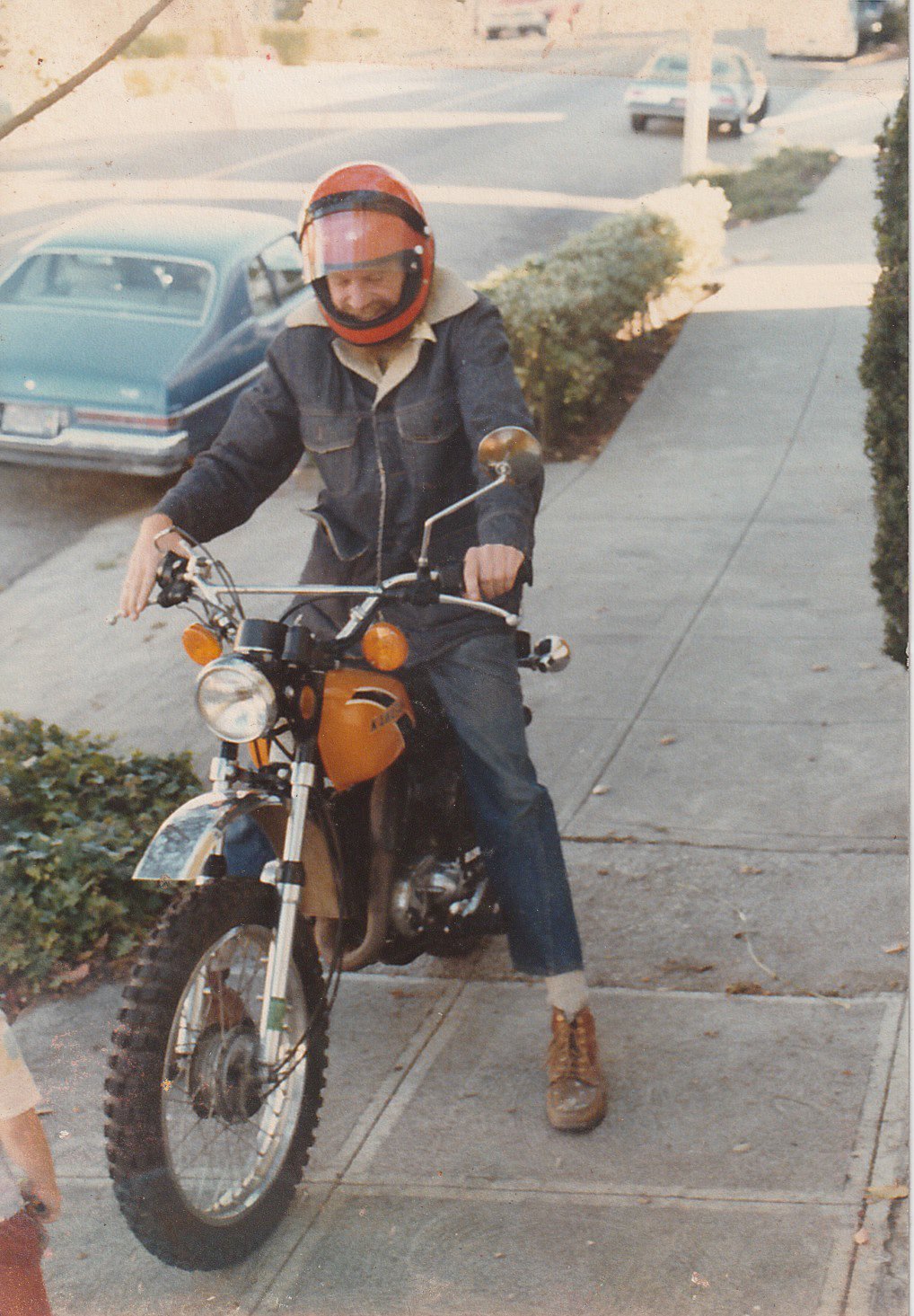

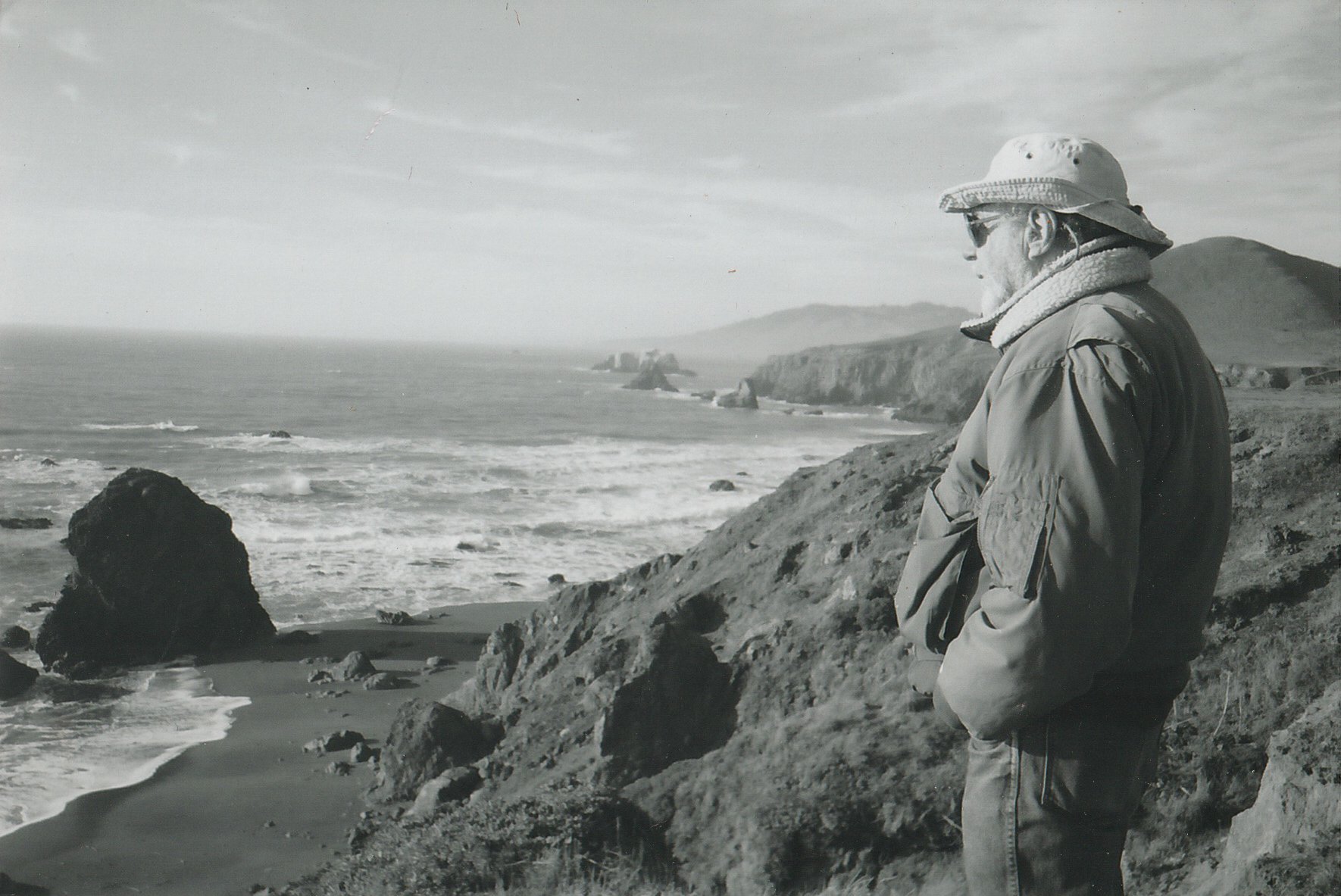



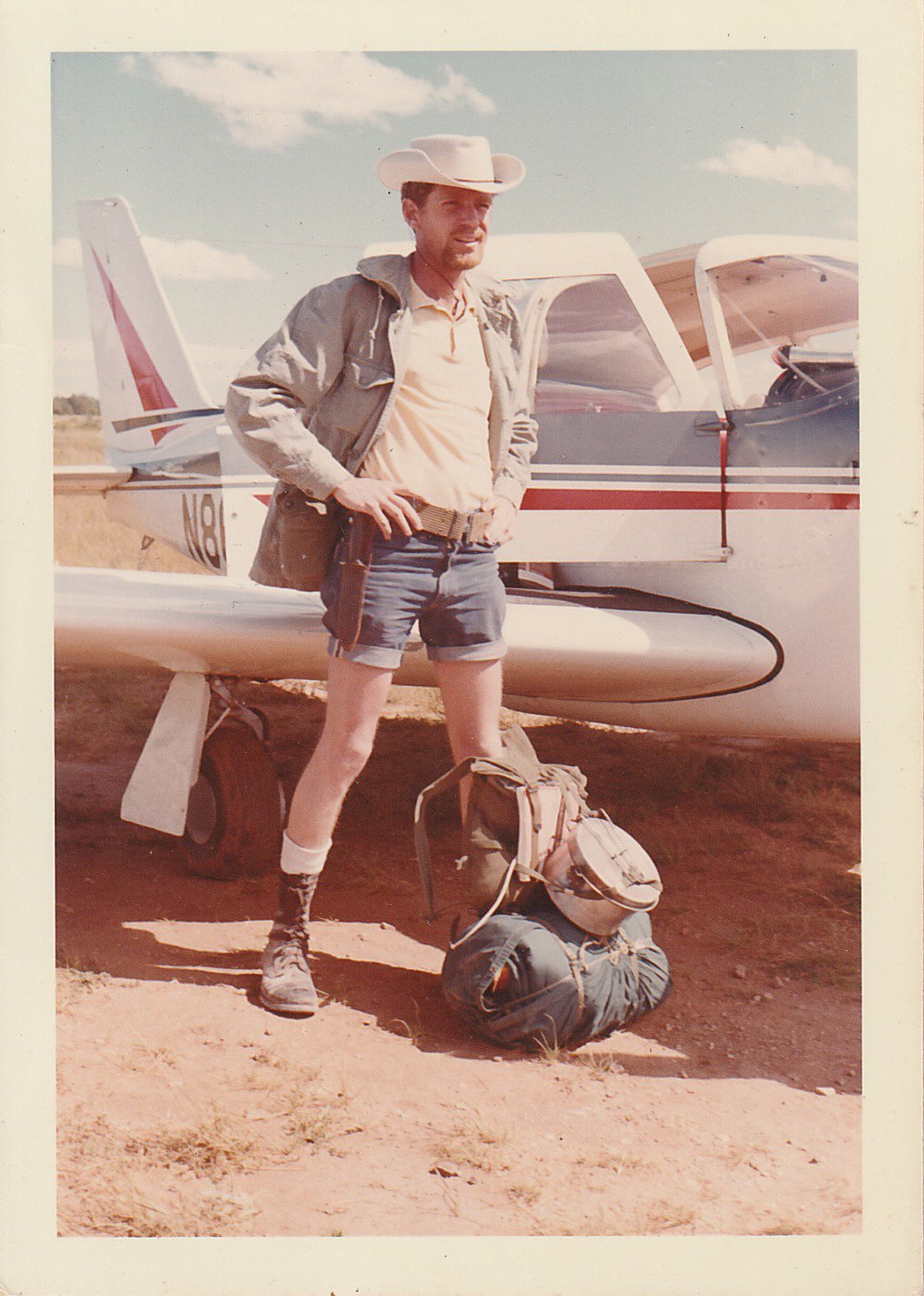



Lenny Weinstein
June 12, 1935 New York, New York—December 4, 2022 Monte Rio, California
Lenny’s natural curiosity and caring expressed itself in many artistic, political, and social projects, leading him to evolve into an iconic local figure, once being dubbed "the Mayor of Monte Rio". Artistically he made countless drawings, paintings, metal sculptures, and politically satirical 3-D wooden constructions. Lenny showed his art in local venues and had public commissions, including the menacing wooden grizzly bear outside the California State Parks Dept. headquarters in Duncans Mills and the Kathy Wyrick Memorial Fountain on the square in Guerneville. A professional sign painter, Lenny’s Signs are literally everywhere in the Russian River area.
A perfect example of someone whose interests were global, and actions local, Lenny got his first taste of California politics in 1982 when Caltrans put blue ribbons denoting removal on 70 redwood trees in the Monte Cristo Ave. area of Highway 116. Some of the trees were centurions of over 200 feet and several were on Lenny’s property. Caltrans wanted to remove the trees to protect the state from liability when speeding drivers crashed into them on the dangerously sinuous stretch that follows a straightaway. Teaming up with sympathetic locals and the Save the Redwoods League, Lenny became the widely acknowledged leader of a passionate fight to save the trees. In January 1983 Lenny led an affective public display of protest by attaching pink, purple, and orange construction paper hearts to the targeted trees, causing residents to realize the scale of the impending destruction. At the time Lenny was quoted: "We're living in a unique area here. The road is only here because the trees are. We feel the road is not a separate entity from the environment and it should make way for the trees rather than the other way around." At a subsequent public meeting that drew hundreds of Bay Area residents, Lenny tried to speak for the second-growth redwoods, calling them "100-year-old babies who became orphans when their 1,000-year-old parents were slaughtered."
After enlisting the aid of Sonoma County Supervisors Michael Riley and Ernie Carpenter, and Assemblyman Dan Hauser, Lenny led the successful movement to not only save the 70 condemned trees, but by October 1988, to have a 26.7-mile stretch of Highway 116 between Sebastopol and Jenner declared an official "California Scenic Highway". This included protection of the trees along the route and 200-foot setbacks for new buildings.
Lenny’s parents, Samuel Weinstein and Esther Davidson, might have named him Leonard, but everyone else knew him as Lenny. Born in the Bronx, Lenny moved with his mother and older sister Pearl to Miami Beach, Florida in late 1945 after his parents divorced. Lenny had his Bar Mitzvah there in 1948.
In 1954 Lenny joined the Air Force (AF 1444 55 94 A/1C AFRES) and trained in radar operations during the Korean War. The experiences he had during his deployment in Japan from 1954 to 1956 were memorialized in two beautiful and meticulously labelled photo albums. Those albums included the Japanese people he met, their architecture, and the art of their religious shrines.
After Lenny left active duty in the Air Force in 1956 (honorably discharged October 1961) he recalled that while he served he had been fascinated with a sign painter rendering a wall map, and so acting on the suggestion of a friend, Lenny called up the first sign painter he saw in the phone directory. That landed him an apprenticeship with an established sign painter who became an important mentor, sponsoring him into the sign painters’ union.
During his sign painting apprenticeship from 1956 to 1961 Lenny also went to school to learn about art and a Rembrandt print made him want to paint. He was also yearning for new horizons. Lenny drove to San Francisco in a Morris Minor with friend Philip Bloom in 1961 with $20 in his pocket, but soon found a job as a union sign painter and an artist to give him painting lessons. Sign painting sustained him for almost his entire life, but the art lessons disappointed him. Thus began Lenny’s long journey of self-taught experimentation which eventually encompassed drawing with graphite, charcoal, and watercolor; painting with pastels, oil, and acrylics; sculpting in wood, metal, junk, stone, and ferro-cement; throwing clay, doing fine woodwork, and photography.
Lenny met and married Florence Suzanna Kacpryzynski, a nurse in training, in San Francisco in 1969. Together they traveled to Germany to pick up a new Volkswagen square-back for an extensive trip through Europe. When the couple returned to San Francisco with the VW that Lenny would keep for the rest of his life, they found their apartment had been rented, their possessions stored by friends, and their cats shipped to Spokane, Washington.
Lenny lived in Spokane for a year during which he met another mentor, sculptor Harold Balasz. Balasz taught Lenny how to cast in bronze using a lost wax technique called steam pressure casting, to sculpt in ferro-cement, and build fountains and a burn-out kiln. When he returned to San Francisco Lenny taught himself to weld, braise, and solder silver and he got some residential commissions for sculpture and fountains. But sign painting was more lucrative.
After Lenny and Suzanne divorced in 1973, several trips to the Russian River had convinced Lenny that he wanted to buy property there. In 1975 he and a friend, Betty Alpert, purchased the house on Hwy. 116 in Monte Rio. A major factor in the purchase was a large ground-floor shop, which Lenny used as his sign painting shop.
Starting with the fight to save the redwoods in 1983 Lenny worked on several projects for the public good. He helped form the community-owned Sweetwater Springs Water District, which took over the privately owned Citizens Water District, after users were plagued with unhealthy water. He fought a long and frustrating battle to stop projects proposed by the local redevelopment agency, sparking the formation of the Russian River Redevelopment Oversight Committee. Most recently Lenny led a successful campaign which he viewed as essential to human dignity, the construction of public bathrooms near the Public Square in Guerneville.
Lenny’s restless artistic soul was matched by a restless body. He was an avid hiker throughout his life, making countless trips, including to Copper Canyon in Mexico to visit and paint the Tarahumara Mayo indigenous people and throughout the Sierras.
Lenny’s is survived by two nieces, Lorraine Weisman of Ormand Beach, Florida, and Ivy Klein of Chesterfield, Missouri. Throughout his eclectic professional, artistic, and political career in the Russian River area, Lenny Weinstein was a remarkably social man. Although he never remarried or had children, Lenny had several important long-term romantic partnerships and friendships. His loyal friends and acquaintances are legion and his earnest, caring, and sometimes cantankerous presence will be greatly missed.
Lenny wanted his ashes scattered at one of his favorite hiking trails that he called the "Serengeti," high above Willow Creek near Jenner. A memorial service and show of Lenny’s art will be held August 27, 2023 at the Occidental Center for the Arts to honor that request. In lieu of flowers donations can be made to the Occidental Center for the Arts.
See Upcoming Events page for details about Lenny’s Memorial Service August 27, 2023.





